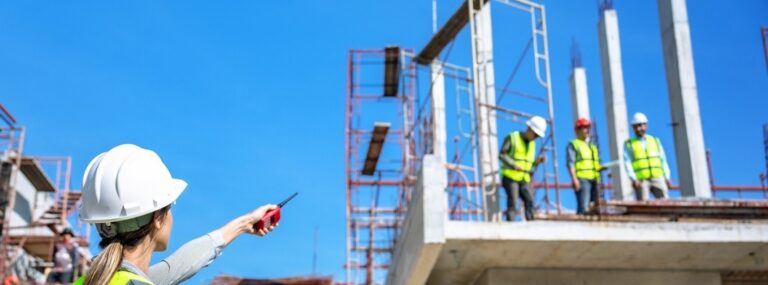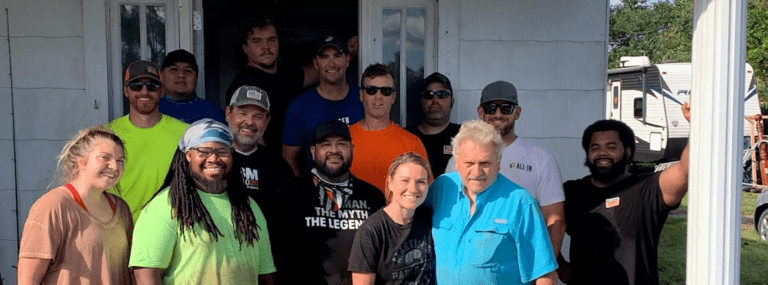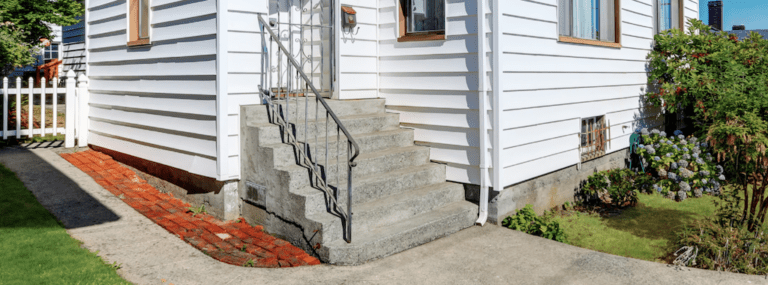This year’s AMA guests were:
- John Vidale, Dean’s Professor of Earth Sciences at the University of Southern California; former director of the Pacific Northwest Seismic Network and of the Southern California Earthquake Center
- Corina Forson, Daniel Eungard, Alex Dolcimascolo, geologists and tsunami experts with the Washington Department of Natural Resources
- Brian Terbush, the earthquake and volcano coordinator for the Washington Emergency Management Division
- Bill Steele, director of communications, Pacific Northwest Seismic Network
- Althea Rizzo, geologic hazards coordinator for the Oregon Office of Emergency Management
Returning for his fifth year to share structural engineering knowledge on behalf of Simpson Strong-Tie was our R&D engineering manager, Emory Montague.
The experts fielded a wide swath of questions including what we know (and don’t) about faults, tsunami safety measures, attenuation of seismic waves, the ShakeAlert app, and, uh, whether it’s possible to measure farts on the Richter scale (Reddit, never change). All of the responses can be read here.
Below we’ve pulled some of the highlights tackled by Emory.
Question by civver3: What’s been happening lately in your areas regarding building standards and emergency preparedness?
Answer by Emory: In many cities and jurisdictions on the West Coast there have been mandatory and voluntary retrofit ordinances that communities have put in place to strengthen vulnerable building types like unreinforced masonry buildings and to legislate higher performance standards for critical structures like hospitals and other emergency response structures. Another growing movement is to promulgate the idea of community resilience. The building code requirements are intended to protect life safety, but communities are now thinking about higher performance standards to speed social and economic recovery after an event. This goes beyond just buildings to consider things such as infrastructure, utilities and other essential community goods and services. The goal is to ensure people have a safe place to live after an event and that businesses can resume operations more quickly.
Follow-up by -me-myself-: I work in an unreinforced masonry building that has been identified by the city as a risk. It’s an open space without chairs or tables and often holds 25–100+ people. My colleagues think we ought to evacuate the second the shaking starts. I think we’re better off dropping and covering, and waiting for the shaking to stop before we evacuate. What do you recommend? And in an open room like that, would it be better to drop along a wall that might crumble or in the middle below a ceiling that might come down?
Answer by Emory: The recommendation is to Drop, Cover and Hold on. You want to find a sturdy table to under which you can protect yourself from falling debris. One of the main reasons you don’t want to evacuate immediately is because often the parapet (top part of the masonry walls) and other elements of the facade will fall to the sidewalk below and become a greater risk for injury.
Question by LA_Nail_Clippers: Well that’s just perfect that Emory is here!
With all the power grid issues here in the SF Bay Area this week, I was working on my family’s emergency kit, and I ended up stumbling down the rabbit hole of earthquake retrofitting houses.
Simpson Strong-Tie’s PDF guide is really excellent for how to DIY reinforce your crawl space and foundation for earthquake resistance. My 1954 raised foundation house seems like it’s an excellent candidate, and my skills can handle it (and budget – hiring someone is $$$$$).
My question is, the guide doesn’t show anything tying the posts to the piers under the house. It seems to me that some shaking might cause the posts to slip off the piers, causing the parts of the house sitting on those piers to fall. Is that an oversight or intentional? Does reinforcing the cripple walls help the posts stay on the piers?
Answer by Emory: Hi LA_Nail_Clippers. Thanks for your question. Here’s a link to the latest Seismic Retrofit Guide. In response to your specific question, you’re correct, reinforcing the cripple walls and connecting them to the perimeter foundation helps the posts stay on the piers. Page 16 of the guide shows an optional connection to reinforce the beam-to-post connection. If you want to add something at the post-to-pier connection, you might consider the FJA or FSA straps. They aren’t specifically for that purpose but may work. Also if there’s enough space to fit a clip like the A34 between the post and the nailer block in the concrete pier, that would help to connect them together. Please feel free to give us a call at 1 (800) 999-5099 as you get into your project. This is one of the best ways to help protect an older home like yours.
Question by wangicus: How structurally secure are the buildings that claim to be able to withstand a 7.0 earthquake? How do they test the structural integrity of a building?
Answer by Emory: Wangicus, thanks for your question. First a little bit about earthquake magnitude vs. what buildings are designed to withstand. The Richter scale magnitude measures the maximum amplitude of the seismic waves. There is not a direct correlation between measured earthquake magnitude and building design requirements. Buildings are designed to resist expected ground motion and acceleration based on several things such as the soil conditions at the site and the distance from a fault. The building codes are intended to ensure life safety, so you may still have damage to the structure after an event.
For most buildings, structural integrity is evaluated through analysis of factors such as the measured performance of various building materials and the lateral system used (shearwalls in the case of a home). With advances in computer modeling, more complex structures are essentially tested virtually with a 3D computer model. In rare cases, we’re actually able to test a full building on a shake table. Simpson Strong-Tie been directly involved in a few of the biggest shake-table tests. You can watch them here:
NEESWood Capstone 7-Story Test
Question by poke2201: What are some DIY things people can do to protect their structures in an earthquake?
Answer by Emory: For older homes with a crawl space (generally those built before 1985 on a raised foundation), this Seismic Retrofit Guide will give you some good information on how to strengthen the cripple walls and the connection of your home to your foundation. Another thing that is good to do is to look for nonstructural things in your home or where you work that can fall on you during an earthquake. Anchor furniture and shelves to the wall. Make sure your water heater is strapped to the wall. What heavy things can fall from shelves and injure you? I’ve used museum wax to anchor all the trophies that I won as a kid to the shelves in my man cave.
Question by ImaQuinner: Hey guys! What do you think is the most fascinating thing about your job?
Answer by Emory: In my first job as a structural engineer, I really enjoyed seeing the buildings I designed get built and helping solve problems along the way. In my current work for a building products manufacturer, I get to do the same thing by providing solutions to help others design and build safer structures. Part of that means we get to break things. My kids think all I do all day is things like exploding bowling balls in the lab. The testing is the most fascinating part of my job. It doesn’t always go as expected, so we’re always learning.


